Ever noticed that little glowing check engine light on your dashboard and felt a dash of panic? You're not alone. It's like a cryptic message from your car, saying something's up, but not exactly what. Now, can a bad fuel pump trigger this mysterious light? Well, it's not the most common reason, but it sure can be the culprit.
First off, let's talk about why your check engine light might blink to life. It's basically your car's way of letting you know there's a potential issue with the engine or its emissions system. But, a bad fuel pump? Yeah, that could definitely be at play if you're also noticing your engine sputtering to life or cruising with a sudden drop in power.
Before you jump to conclusions, consider this: a failing fuel pump often wears a disguise of common symptoms like rough starts or a stalling engine. It's tricky, I know. But with a keen understanding of these symptoms, diagnosing whether your fuel pump's on the fritz becomes a bit more manageable.
- Understanding the Check Engine Light
- Symptoms of a Bad Fuel Pump
- How to Diagnose Fuel Pump Issues
- Preventative Tips for Fuel Pump Care
Understanding the Check Engine Light
The check engine light is the little flashlight icon on your dashboard that can cause a mix of dread and confusion. It's a beacon designed to tell you, "Hey, something's not quite right." But what does it mean, really?
What's the Check Engine Light For?
This light is part of your car's onboard diagnostics system. It can turn on for a myriad of reasons, some minor, like a loose gas cap, and others more serious, including a declining fuel pump. When it lights up, it's your cue to investigate further.
According to the Car Care Council, "Ignoring the check engine light can lead to costly repairs down the road."
The check engine light is an indicator that many things in the vehicle are in need of immediate attention, as quoted by the National Institute for Automotive Service Excellence.
Common Reasons the Light Comes On
While a failing fuel pump is one potential suspect, there are other common reasons:
- Oxygen sensor needs replacing
- Faulty spark plugs or wires
- A malfunctioning catalytic converter
How to Respond When It Lights Up
While it's tempting to ignore it, it's best not to. Here's a simple plan:
- Check for obvious issues like a loose gas cap.
- If the light stays on, consult your car’s manual. It may offer specifics for your model.
- Take note of any unusual vehicle behavior. This can help pinpoint the issue.
- Visit a mechanic if you're unsure. They have the diagnostic tools to tell what's really wrong.
By understanding this little light, you can prevent minor issues from growing into major repairs. Keeping the check engine light off ensures your car remains a reliable partner on the road.
Symptoms of a Bad Fuel Pump
Spotting the signs of a bad fuel pump early can save you from a whole lot of trouble. If your car's acting up and you're wondering what's going on, keep an eye out for these symptoms.
Sputtering Engine
One of the first clues is an engine that sputters. You're cruising along just fine, and then suddenly, there's a hiccup, like your car's got the jitters. It's usually more noticeable when you're speeding up on the highway.
Loss of Power
Ever experience your ride feeling like it's running out of breath, especially when carrying a heavy load or going uphill? That's classic fuel pump troubles. It just can't keep up with the engine's demand for fuel, leading to a noticeable dip in power.
Unexpected Stalling
Nobody likes unexpected surprises, especially while driving. If your engine stalls out of the blue, and you're sure it’s not a simple issue like running out of gas, the fuel pump might be failing to deliver the needed fuel.
Lousy Fuel Efficiency
Noticing a pain at the pump more than usual? Decreased gas mileage can also be a red flag. A failing fuel pump struggles to maintain the right amount of fuel to the engine, leading to a decrease in performance and efficiency.
High-Pitched Whining Sound
Your car might be talking to you, quite literally. Listen for any weird, high-pitched noises coming from the gas tank. While some sound is normal, a constantly loud whining is often a telltale sign your pump may be on its way out.
Recognizing these signs early is key. Catching them before they lead to a total pump failure can keep your car running smoothly and save you from costly fixes.

How to Diagnose Fuel Pump Issues
If you're suspecting your fuel pump might be the reason why your check engine light lit up, there are a few steps you can take to get to the bottom of it. These diagnostic tips are fairly straightforward and can save you a trip to the mechanic.
Listen for the Fuel Pump Noise
When you first turn the key in the ignition to the 'on' position (not start), listen closely for a soft whirring sound from the back of your car. This noise is your fuel pump priming itself, and it's a good sign. No sound? It could indicate your pump might be the issue.
Check the Fuel Pressure
Using a fuel pressure gauge can give you a clear picture of your pump's health. Attach the gauge to the service port on the fuel rail, and check the pressure reading with the car running. If it's lower than the manufacturer’s specifications, your fuel pump might be struggling.
Inspect Fuel Lines and Filters
Look for any visible leaks or blockages. Clogged fuel filters can mimic symptoms of a failing pump. Make sure all lines are in good shape and that filters are clear. Sometimes, just replacing a clogged filter can solve the issue.
Scan for Trouble Codes
A vehicle scanner can be a handy tool to pinpoint issues. Connect it to your car's OBD-II port and pull trouble codes. Certain codes might indicate a fuel-related problem, helping you confirm if the pump is the culprit.
Performance Changes
Observe your car’s behavior. Is it struggling to accelerate or stalling at odd times? These can be signs of a weak fuel pump that can't maintain the necessary supply of fuel to the engine.
By following these steps, you'll increase your chances of diagnosing a bad fuel pump without too much trial and error. If you're still drawing a blank after checking these, it might be worth consulting with a professional mechanic who can delve deeper into the issue.
Preventative Tips for Fuel Pump Care
Keeping your fuel pump in good shape doesn't have to be rocket science. A little bit of regular maintenance can go a long way in extending its life and ensuring your car stays drama-free. Here’s what you can do.
Keep Your Gas Tank Capped
Ever heard that saying about not letting things run on empty? Well, it applies to your car’s gas tank, too. Regularly driving on fumes can lead to a host of problems, including overheating your fuel pump. Experts usually recommend keeping at least a quarter of a tank to avoid unnecessary strain.
Use Quality Fuel
We all love a good deal, but skimping on fuel quality can be costly in the long run. Bad fuel can clog your pump and filter with gunk. So, splurging a little on a reputable fuel brand is a smart move. Plus, you’ll likely save money by avoiding expensive repairs down the road.
Regular Fuel Filter Changes
The fuel filter is your pump's best buddy, keeping it safe from dirt and debris. Make it a habit to replace the fuel filter according to your car’s service schedule. Generally, it’s a good idea every 30,000 miles or so, but check your manual if you’re unsure.
Be Attentive to Strange Sounds
Notice an odd hum or whine from the back of your ride? It might be your fuel pump crying for help. Addressing these noises early can prevent bigger issues later. If you hear something strange, don’t turn up the stereo to drown it out – get it checked!
Drive Mindfully
Aggressive driving habits like rapid acceleration or squealing to a halt not only hurt your gas mileage but also strain the fuel system. Smooth and steady wins the race in fuel pump longevity. So, give your car gentle love taps while you're on the road.
Taking care of your check engine light inevitably ties to keeping your fuel pump in tip-top shape. While a bad fuel pump isn’t always the first guess when that light pops on, good maintenance practices can keep many potential headaches at bay.
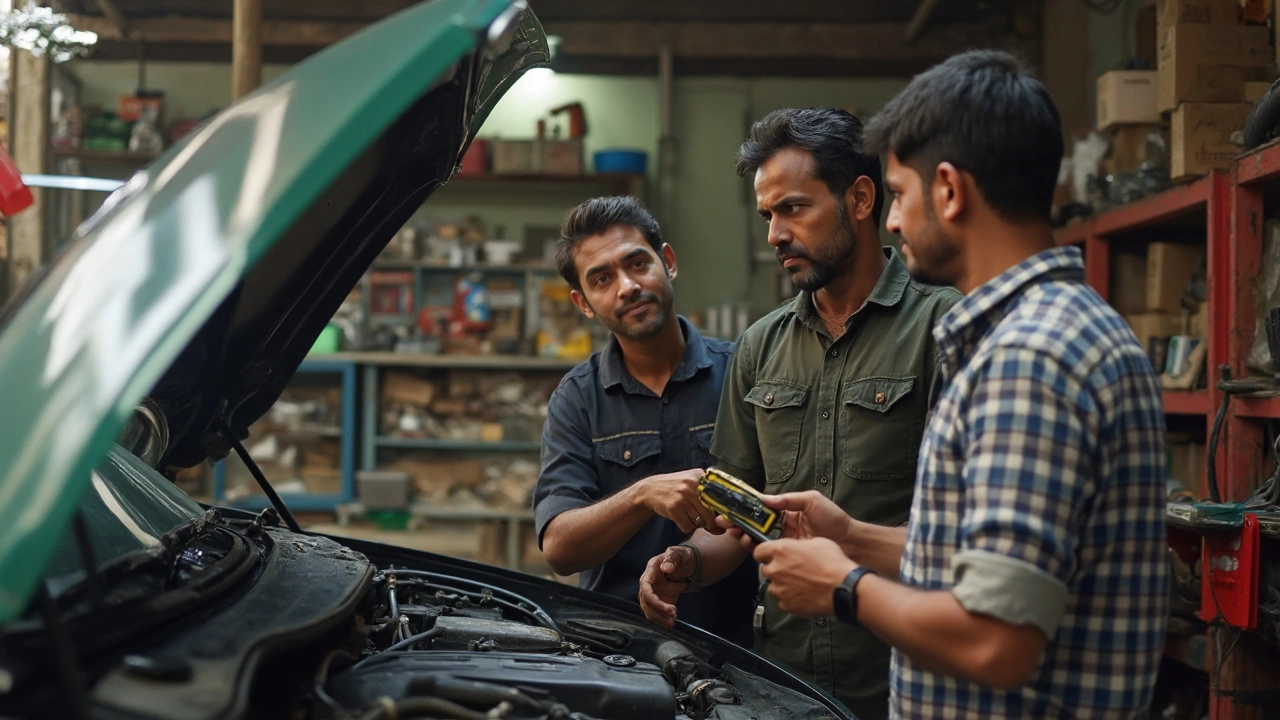
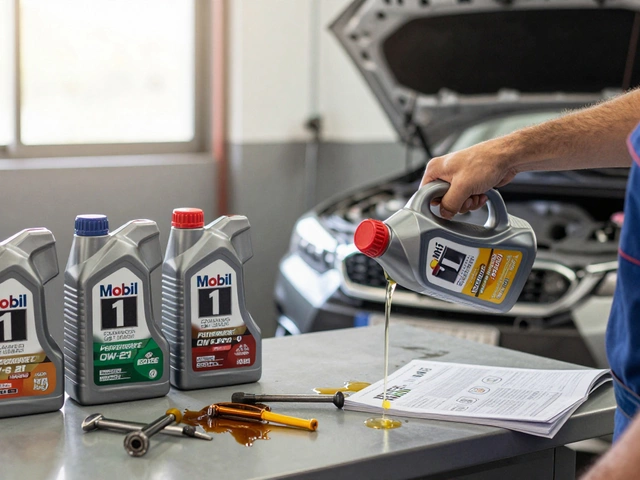
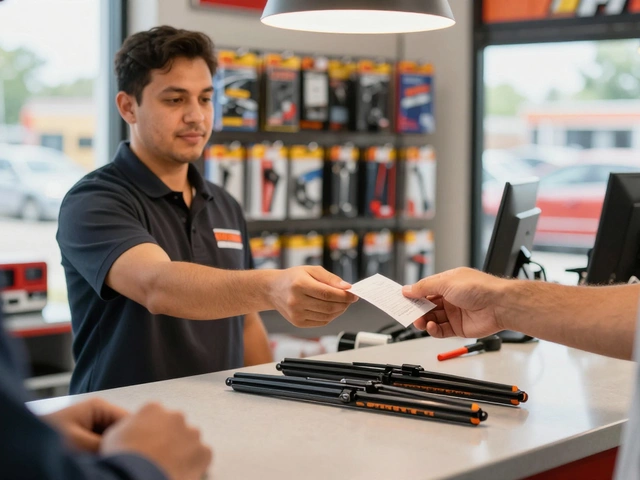

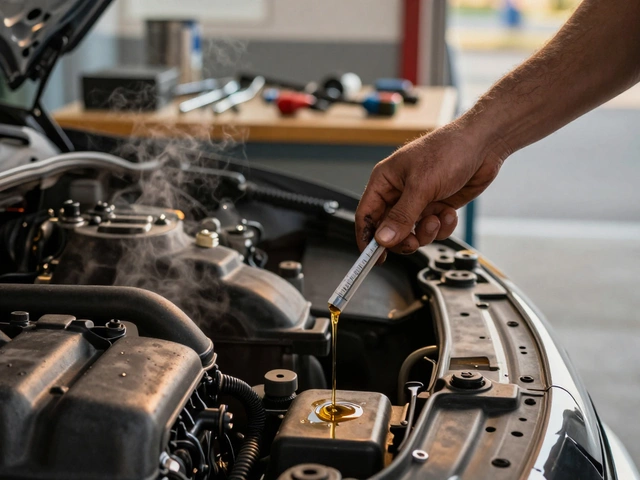
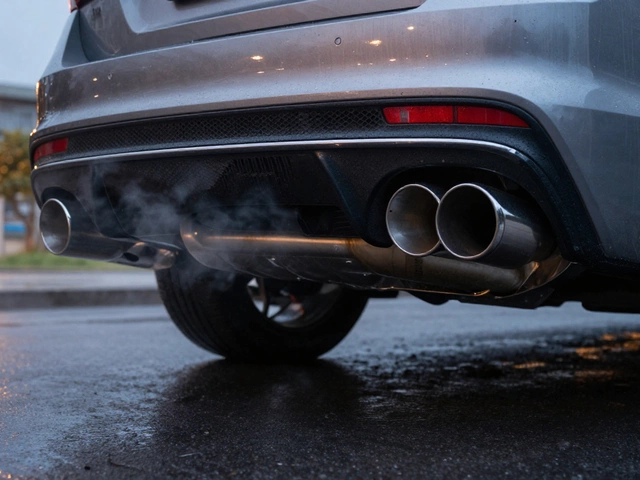

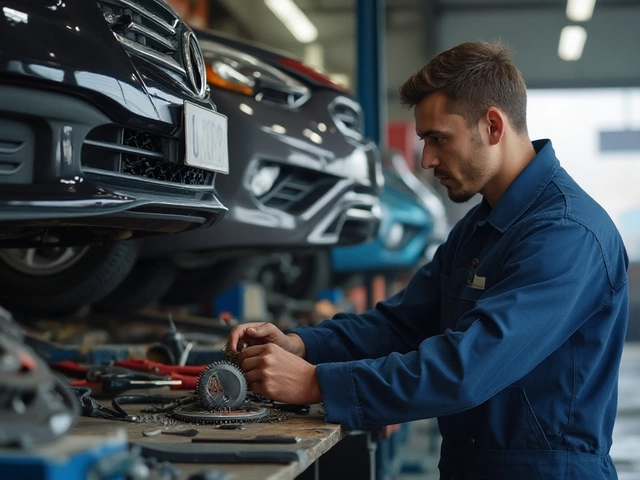

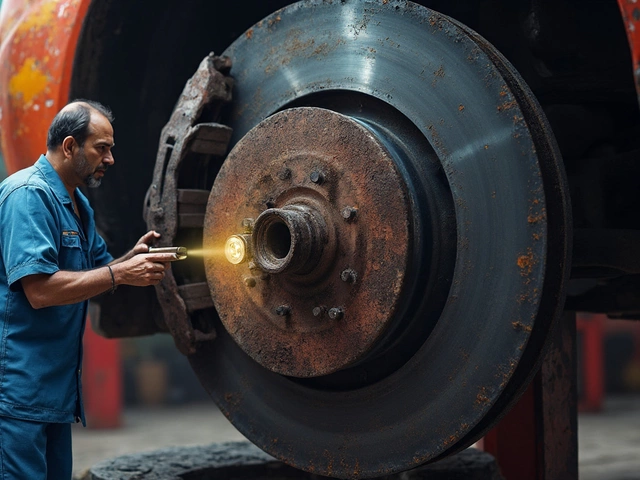
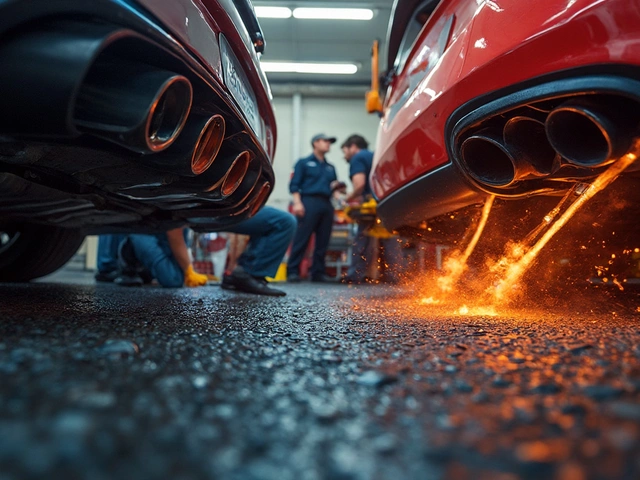
Write a comment